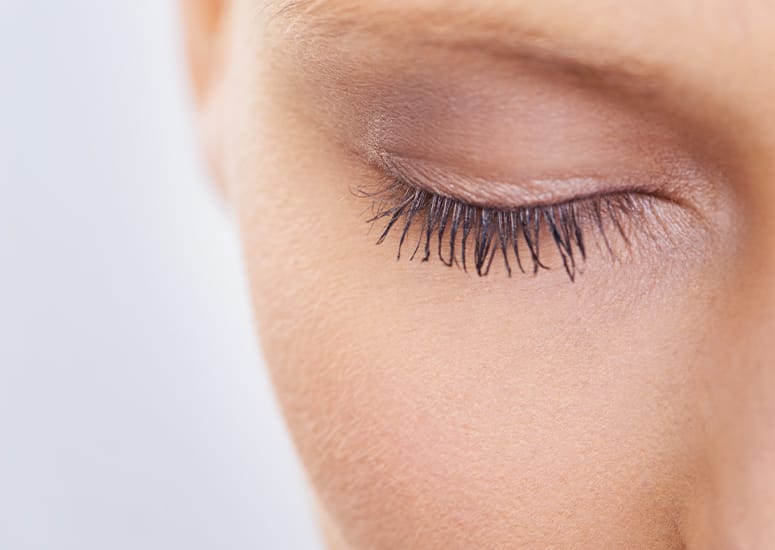
Eyelid Surgery
When looking at the face, the eyes capture your attention. They communicate emotion and energy, making this the focal point of the face. The eyes are framed by the eyelids and eyebrows which all have an important effect on the overall appearance. There is a wide variety of appearance in the eyes and eyelids which contribute to our overall sense of beauty.

What is Blepharoplasty?
Eyelid surgery (blepharoplasty) is performed to improve the function and appearance of the eyelids. This often restores a more youthful and alert appearance. Small changes can be very gratifying and are generally straightforward with expert medical evaluation. People request eyelid surgery commonly for these reasons:
- Droopy or heavy eyelid skin
- Tired or puffy appearance of eyelids
- Eyelid hooded appearance
- Lower eyelid bags
- Hidden or absent eyelid crease
- Asymmetry correction
Your surgeon may discuss the shape of your eyebrows and forehead, as these have often dropped and contribute to a heavy, tired appearance. Forehead or eyebrow injections may address these changes.
Is This Covered by OHIP?
When the eyelid is interfering with vision, blepharoplasty is a functional medical procedure. This may require additional tests and prior approval from OHIP. Examples of medically necessary eyelid surgery include:
- Ptosis, with the eyelid drooping, partially covering the pupil
- Excess skin covering vision
- Muscular weakness in the eyelid causing a slow drop over time
- Skin lesions or cancerous growth
Who Can Have Eyelid Surgery?
The best outcome for surgery occurs when a patient has good general health, has reasonable expectations, does not smoke cigarettes, has regular healthy eye checks, and has a stable weight. Other special considerations include the use of contact lenses, eyedrops, makeup, history of allergies and infections, and dryness. Some physical features and measurements are needed to ensure this is the right procedure for you. Your surgeon will take measurements of your eyelids, cheekbones, and eye function as these natural features may affect your result. Your surgeon will evaluate you and your health history to see if you are a candidate for eyelid surgery.
Preparing for Surgery
You will have a pre-operative appointment with your surgeon, where you have an opportunity to review the plan and ask questions.
You may need some tests before surgery to review your vision and tear film production. Blood thinners need to be stopped safely (including aspirin). We will provide a list of food to avoid for a minimum of 2 weeks before surgery.
Most upper eyelid surgeries are short and performed awake. Lower eyelid surgery is generally done while asleep. If you will be asleep using general anesthesia, you will see the anesthesiologist beforehand.
What to Expect From Surgery
Eyelid surgery is “day surgery” meaning you will go home the same day. Depending on the surgical plan, this may range between 30 minutes to 2 hours.
On the day of surgery the surgeon will mark the eyelid. The scars are designed to be within natural creases or shadows. Eye drops and local freezing may be placed for pain control. During the surgery, the eye may be protected by placing a temporary shield. If awake for the surgery, your surgeon may ask you to occasionally open the eyelid to check for symmetry. Small sutures are placed in the skin and a healing ointment is applied over top.
Recovery After Surgery
The usual recovery time is 1-2 weeks after surgery. During this time, you will have swelling and bruising. Since the eyelid skin is very thin, this is easily seen. The swelling peaks in the first 3 days after surgery. This is the time you will use regular cold compresses and keep your head elevated. You should not exercise during this time.
The skin heals quickly and sutures will be removed in 1 week. After 2 weeks, most of the swelling disappears. Light makeup that does not require heavy rubbing may be used. There is a small amount of lingering eyelid swelling that can last for 3-4 months. The internal scarring softens and changes over a 1 year period when the result is stable.

Book a Consultation
Schedule your personal consultation with Dr. Lee to talk about Eyelid Surgery surgery.
Discover the Possibilities by Viewing Our Before and After Gallery

